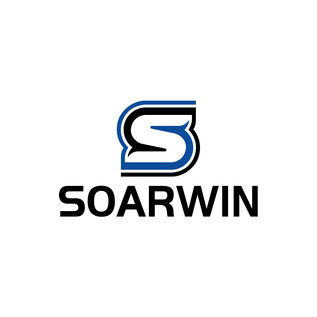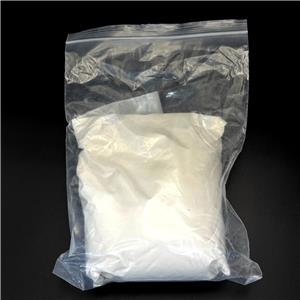Levetiracetam was first introduced in the US as an adjunctive therapy in the treatment of partial-onset seizures in adults with epilepsy. This second-generation analog of piracetam can be prepared by condensation of (S)-2-aminobutyramide with 4-chlorobutyryl chloride. Although its mechanism of action is not well established, it was shown that [3H]-levetiracetam reversibly binds to a specific site predominantly present in the membranes of the brain. Unlike conventional anticonvulsants such as phenytoin, carbamazepine, valproic acid, phenobarbital, diazepam and clonazepam, compounds structurally-related to levetiracetam, such as piracetam and aniracetam, also have affinity for this site. Levetiracetam reveals a broad and unique profile in animal seizure models, including promising antiepileptogenic properties. Besides being rapidly and almost completely absorbed in man (oral bioavailability>95%), it possesses a favorable pharmacokinetic profile since it is not hepatically metabolized but only partly hydrolized into the inactive carboxylic acid by enzymes in a number of tissues including blood cells, it is minimally bound to plasma proteins (<10%) and does not inhibit or induce hepatic enzymes. Therefore levetiracetam has a low potential for drug interaction, providing a useful alternative as adjunctive therapy to treat seizures refractory to conventional anticonvulsants.
Used as adjunctive therapy in the treatment of partial onset seizures in adults and children 4 years of age and older with epilepsy.
Brand: Soarwin
CAS No.: 102767-28-2
Molecular Formula: C8H14N2O2
EC Number: 600-348-9
Melting point: 118-119°C
Storage temp.:2-8°C
Solubility: H2O: >5mg/mL

 China
China







